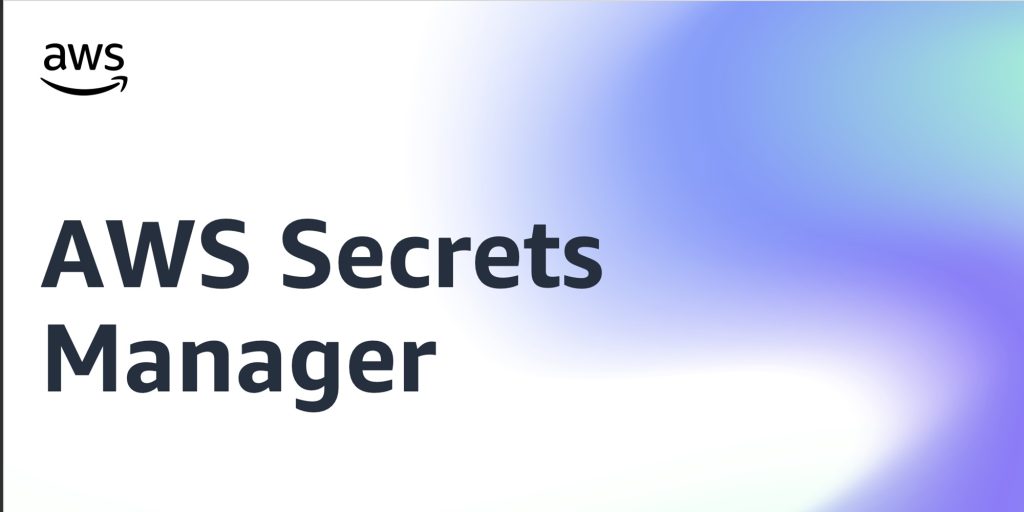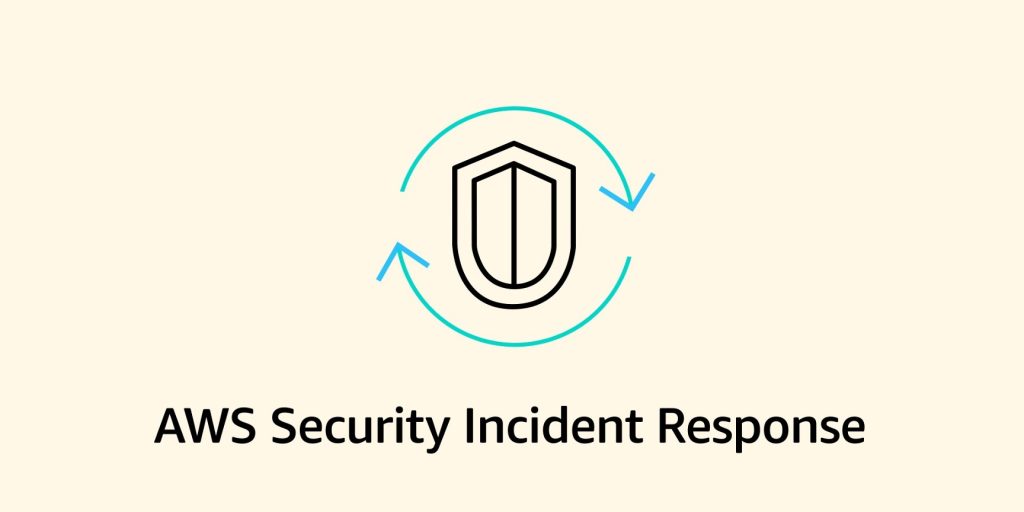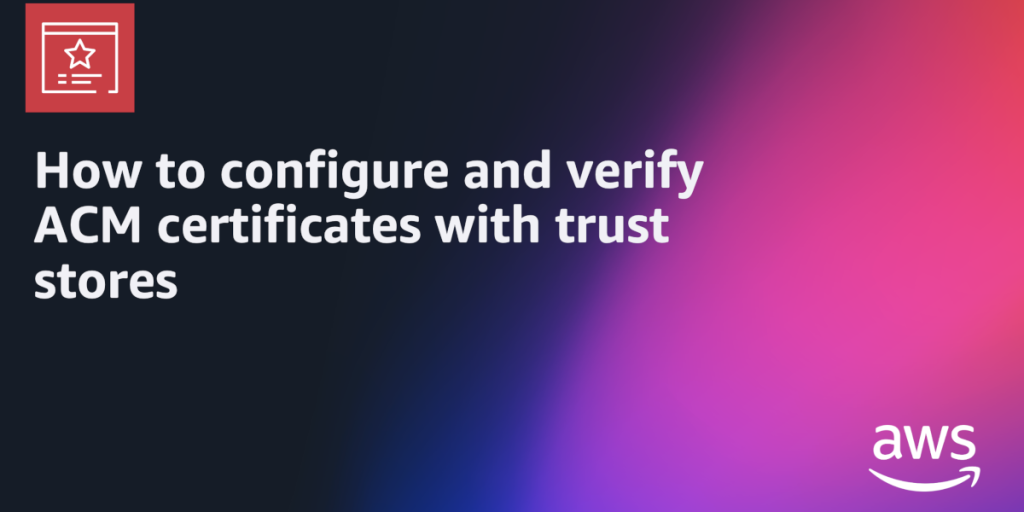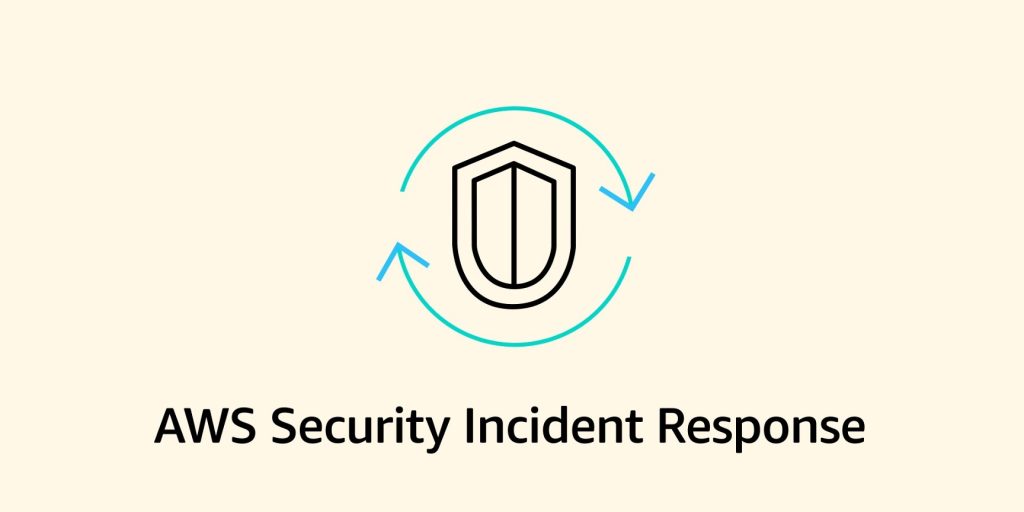AWS Security Blog
Category: Technical How-to
AWS Secrets Manager launches Managed External Secrets for Third-Party Credentials
Although AWS Secrets Manager excels at managing the lifecycle of Amazon Web Services (AWS) secrets, managing credentials from third-party software providers presents unique challenges for organizations as they scale usage of their cloud applications. Organizations using multiple third-party services frequently develop different security approaches for each provider’s credentials because there hasn’t been a standardized way […]
Accelerate investigations with AWS Security Incident Response AI-powered capabilities
If you’ve ever spent hours manually digging through AWS CloudTrail logs, checking AWS Identity and Access Management (IAM) permissions, and piecing together the timeline of a security event, you understand the time investment required for incident investigation. Today, we’re excited to announce the addition of AI-powered investigation capabilities to AWS Security Incident Response that automate […]
How to update CRLs without public access using AWS Private CA
Certificates and the hierarchy of trust they create are the backbone of a secure infrastructure. AWS Private Certificate Authority is a highly available certificate authority (CA) that you can use to create private CA hierarchies, secure your applications and devices with private certificates, and manage certificate lifecycles. A certificate revocation list (CRL) is a file […]
Migrating from Open Policy Agent to Amazon Verified Permissions
Application authorization is a critical component of modern software systems, determining what actions users can perform on specific resources. Many organizations have adopted Open Policy Agent (OPA) with its Rego policy language to implement fine-grained authorization controls across their applications and infrastructure. While OPA has proven effective for policy-as-code implementations, organizations are increasingly looking for […]
How to configure and verify ACM certificates with trust stores
In this post, we show how to configure customer trust stores to work with public certificates issued through AWS Certificate Manager (ACM). Organizations can encounter challenges when configuring trust stores for ACM certificates and incorrect trust store configuration can lead to SSL/TLS errors and application downtime. While most modern web browsers and operating systems trust […]
How to develop an AWS Security Hub POC
The enhanced AWS Security Hub (currently in public preview) prioritizes your critical security issues and helps you respond at scale to protect your environment. It detects critical issues by correlating and enriching signals into actionable insights, enabling streamlined response. You can use these capabilities to gain visibility across your cloud environment through centralized management in […]
Optimize security operations with AWS Security Incident Response
Security threats demand swift action, which is why AWS Security Incident Response delivers AWS-native protection that can immediately strengthen your security posture. This comprehensive solution combines automated triage and evaluation logic with your security perimeter metadata to identify critical issues, seamlessly bringing in human expertise when needed. When Security Incident Response is integrated with Amazon […]
How to accelerate security finding reviews using automated business context validation in AWS Security Hub CSPM
October 1, 2025: This post was updated to reflect the new name of Security Hub, which is AWS Security Hub CSPM (Cloud Security Posture Management). Security teams must efficiently validate and document exceptions to AWS Security Hub (Cloud Security Posture Management, previously known as Security Hub) findings, while maintaining proper governance. Enterprise security teams need […]
Enhance TLS inspection with SNI session holding in AWS Network Firewall
AWS Network Firewall is a managed firewall service that filters and controls network traffic in Amazon Virtual Private Cloud (Amazon VPC). Unlike traditional network controls such as security groups or network access control lists (NACLs), Network Firewall can inspect and make decisions based on information from higher layers of the OSI model, including the Transport […]
Automate OIDC client secret rotation with Application Load Balancer
Elastic Load Balancing simplifies authentication by offloading it to OpenID Connect (OIDC) compatible identity providers (IdPs). This lets builders focus on application logic while using robust identity management. OIDC client secrets are confidential credentials used in OAuth 2.0 and OIDC protocols for authenticating clients (applications). However, manual management of OIDC client secrets introduces security risks […]








